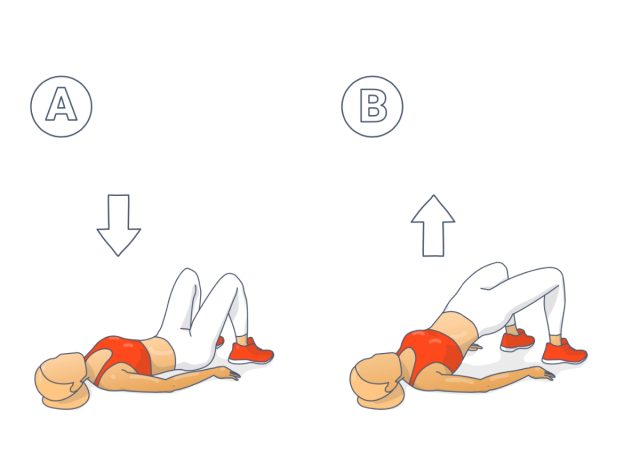Some people think that to remove plaque from their teeth, they need to brush very hard. However, this is far from true, as the plaque is so soft that you can remove it with a cloth. The reason you need a toothbrush is simply that the cloth doesn’t reach every corner of your mouth.
Therefore, it does not take a lot of pressure, but rather, a thorough brushing everywhere around your mouth. We wants to warn you about the 4 most common signs of excessive brushing, along with 4 effective ways to solve the problem.
PROBLEMS
Your Gums Are Starting To Recede
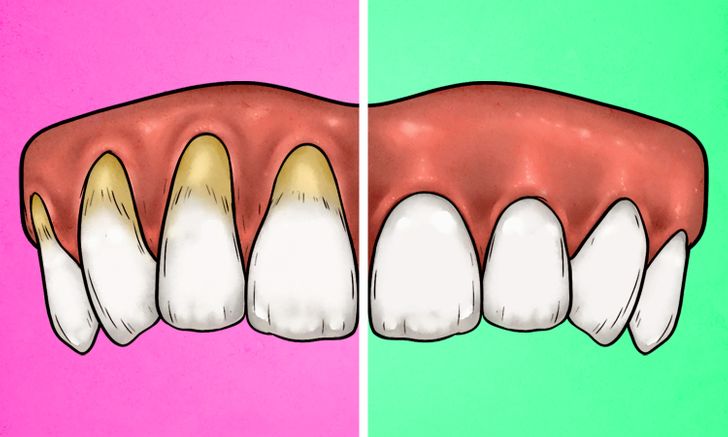
Each of our teeth is protected by enamel, which can be seriously damaged by excessive brushing. And by damaging the enamel, our gums can start to recede, exposing the roots of our teeth to great danger.
If your teeth reach that point, it may be necessary to add fillings, root canals, or even extract teeth that are no longer healthy. According to dentists, around 10% -20% of the world’s population has damaged their gums due to excessive brushing.
Your Teeth Are Way Too Sensitive

Similar to gum indentation, teeth can become sensitive when the enamel is removed. It is simply because the roots of your teeth are left unprotected and therefore your nerves are strongly affected.
If you find it very difficult to drink very hot or very cold beverages and bite into hard food, you should consult your doctor. You should also start brushing your teeth more calmly and gently.
The Bristles Of Your Toothbrush Look Worn Out
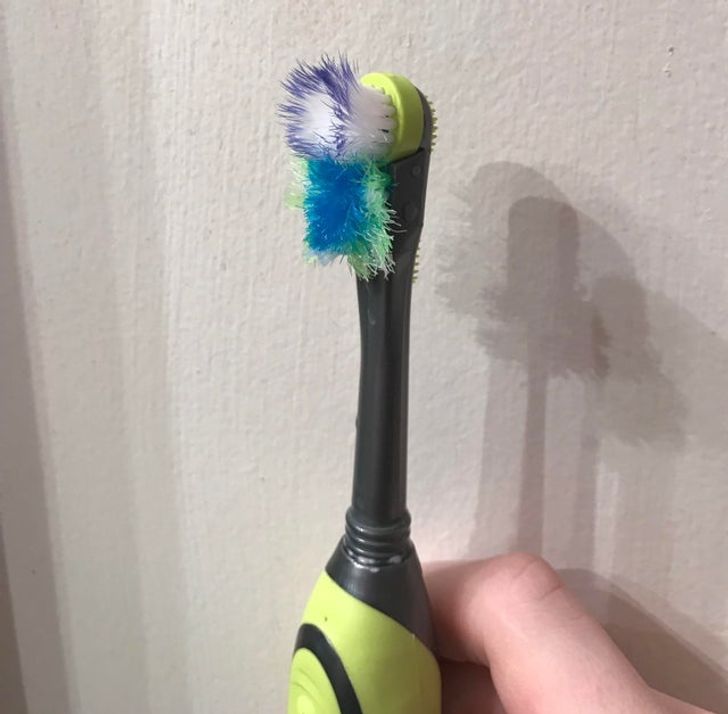
Toothbrush abrasion is the most common cause of tooth abrasion, which means that many people brush their teeth incorrectly. It’s because they brush too hard or use stiff bristle brushes, and this damages the teeth.
So if it seems like your toothbrush needs to be replaced every few weeks, then you are using it too hard. Yes, you should replace it every 3-4 months, but it should still look healthy.
The Teeth Near Your Gums Aren’t Very Bright Or Shiny
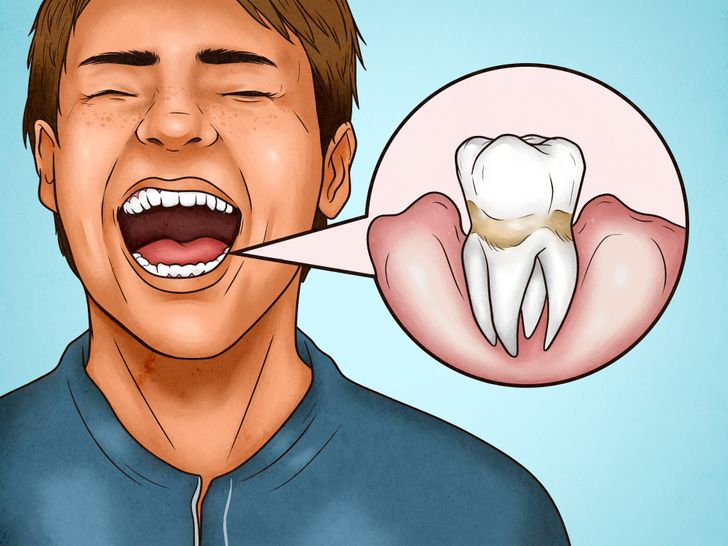
The reason teeth are a bit darker under the gums is that they are not protected by any enamel. That is why when the gums begin to recede, the teeth that appear underneath become more yellow or darker.
Without enamel to protect them, they are exposed to all kinds of germs and bacteria. Thus, the problem deepens, even more, compromising the entire health of the teeth.
READ RELATED: How to lose visceral fat: Want to lose belly fat? Drink two cups of this milk every day
SOLUTIONS
Use A Toothbrush With Soft Bristles
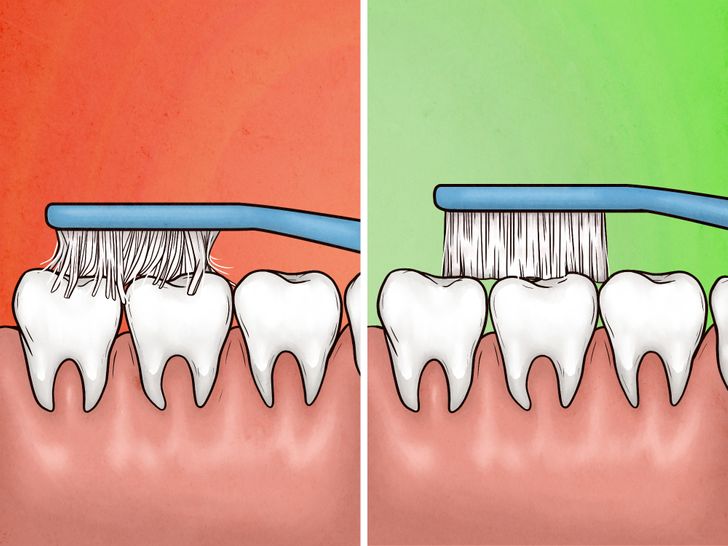
It is not just the speed with which you brush, but also the quality of the toothbrush that damages your teeth. Going for soft bristles is the first step, so you should reconsider your brushing method.
You should hold your toothbrush at a 45-degree angle and begin to gently brush back and forth. You can try holding it with your non-dominant hand to reduce the pressure applied.
Use An Electric Toothbrush

A wonderful feature of many toothbrushes is that they alert you when you apply too much pressure. The light will change from green to red and start to make a different noise, similar to an alert.
Therefore, you need to make sure that while brushing, the light remains green, allowing you to apply the correct amount of pressure. However, not all electric toothbrushes have this sensor, which means you will need to check the box first.
Hold Your Toothbrush With Only 3 Fingers
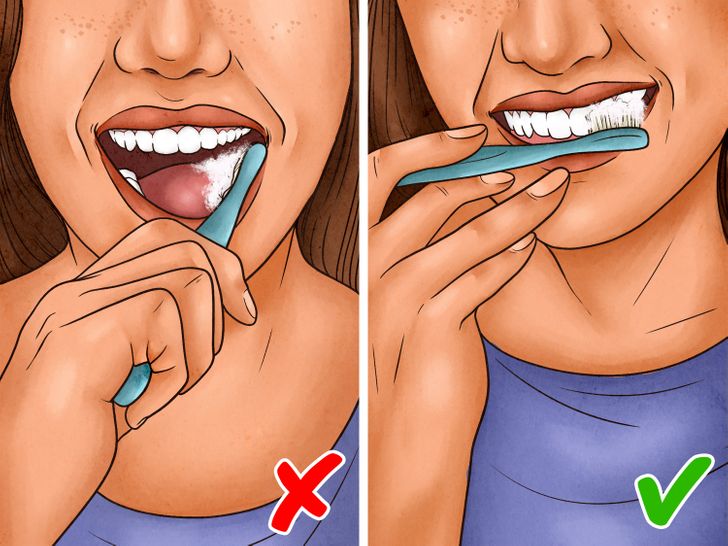
Holding your toothbrush like a pen will help you apply the correct pressure to your teeth. This is because you can easily control the force you are exerting on your hand. Conversely, when you hold the toothbrush with your fist, you can easily lose control of its strength and over-brushing.
It is not the pressure that will clean your teeth; the bristles must be able to get between all the teeth, eliminating plaque and other bacteria.
Make Sure Your Toothpaste Is Low-abrasive
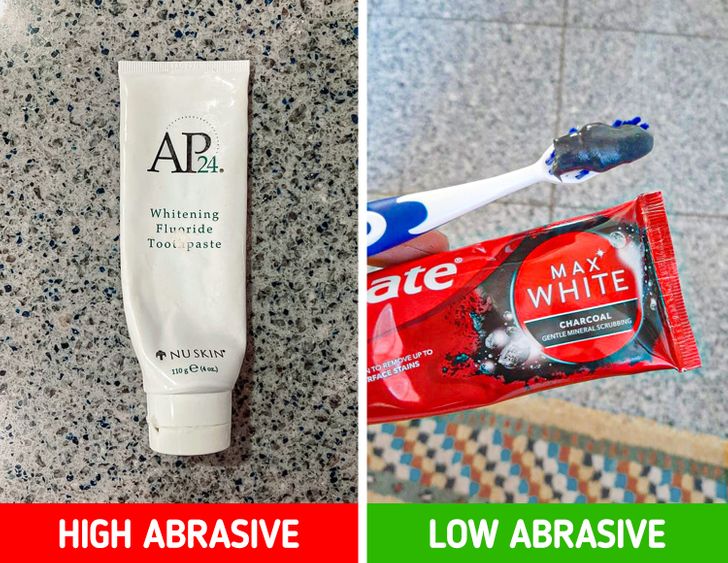
We need our toothpaste to be abrasive enough to do its job and clean our teeth the way it should. However, highly abrasive toothpaste does more than that and removes enamel from our teeth. Instead of reading labels and looking to see how abrasive the ingredients are, there is another trick you can use.
Just take a piece of aluminum foil and rub it in with a small amount of toothpaste. Then rinse thoroughly and see if there are any scratches on the aluminum foil. The number of scratches will indicate how abrasive the toothpaste is.
For those of you suffering from the above symptoms, what helped you overcome the problem and regain the health of your teeth?
Source: crfatsides






